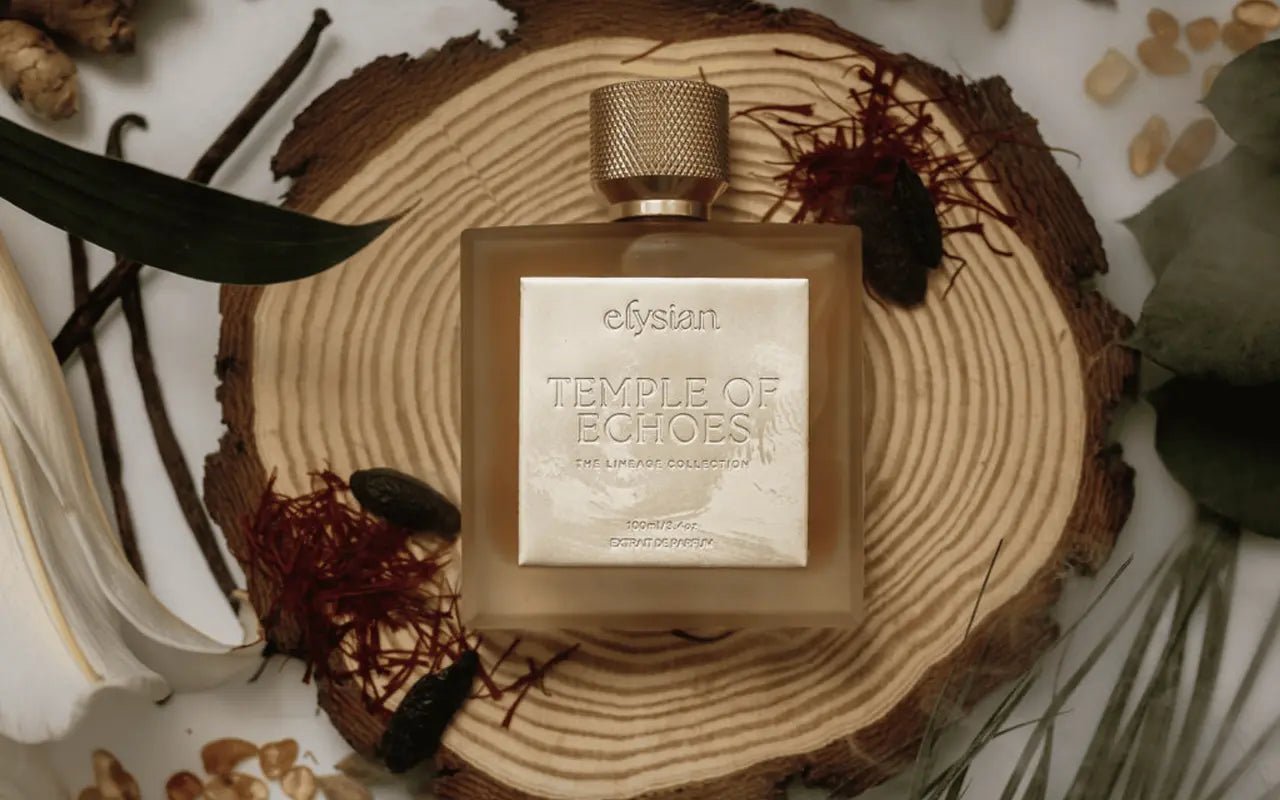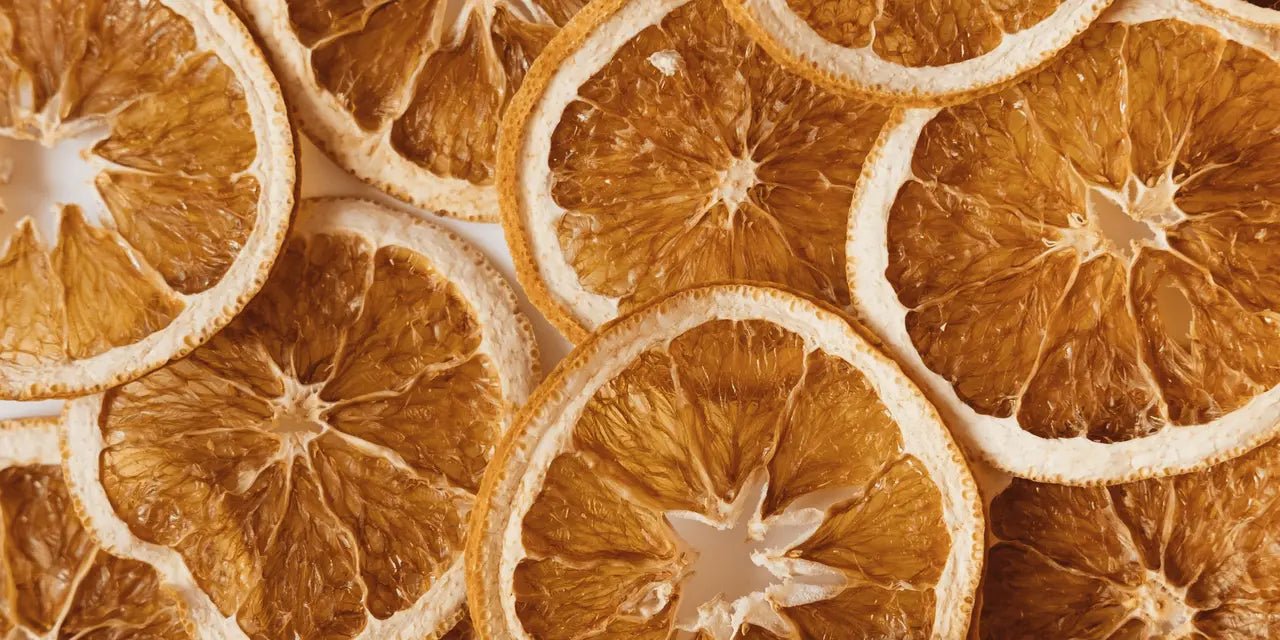Love Elysian especially the tea party collection. This scent is very nice. Waiting for the next drop
Vials are big, packaging is beautiful, and the perfumes are long lasting
elysian
Layering perfumes is a beautiful way to create a unique, personalized fragrance experience. It allows you to highlight certain notes, amplify the depth of a scent, or even balance out elements that may be too strong or too subtle on their own. But, layering is an art, and understanding how to blend scent profiles to match your desired effect is essential to creating something truly harmonious.
If you’re working with Elysian fragrances, you’re already at an advantage. All Elysian perfumes are extrait de parfums, containing a high concentration of fragrance oils, typically between 20-40%. This level of concentration not only enhances the longevity and projection of each layer but also allows for a luxurious complexity that becomes richer over time. Layering with Elysian means each note is distinct and impactful, helping you build a scent that will last and evolve beautifully.
Here’s a step-by-step guide to mastering the art of layering perfumes, with tips on how to bring out the best in each scent profile.
When layering, it’s essential to know the fragrance profiles you’re working with. Perfumes are typically categorized by scent families—floral, woody, citrus, fresh, and gourmand. Choose perfumes with complementary profiles, such as combining a warm amber with a bright citrus or a soft floral with a deep, musky base. If you have a primary scent you want to highlight, use a lighter fragrance in a similar family to layer and accentuate its keynotes.
For long-lasting fragrance, start with a perfume that has strong base notes—these include woodsy scents like sandalwood, patchouli, oud, or earthy vetiver. These scents typically have a deeper, richer presence that forms a strong foundation for any additional layers. With extrait de parfums, these base notes will provide a lasting, powerful base that complements any top layers you apply later.
Middle notes, or “heart” notes, add body and character to the fragrance. Florals like rose, jasmine, and ylang-ylang, along with spices like cardamom and nutmeg, work well in this stage, adding complexity and warmth to your foundation. Since extrait de parfums are already potent, one or two sprays of a middle note fragrance are usually enough to create balance without overwhelming the base.
Top notes, which are the first to evaporate, should ideally be fresh or citrus-based for a bright, clean opening. Spritz scents like bergamot, lemon, or orange blossom sparingly to avoid overpowering the other layers. In high-concentration perfumes, even top notes can linger longer, so a small amount goes a long way. This final layer adds a refreshing twist, giving the scent a dynamic opening before it settles into its richer base.
Gourmand scents like vanilla, caramel, cocoa, and other dessert-inspired notes add a luxurious warmth and sweetness that pairs beautifully with woody, spicy, or oriental bases. Since these notes are often stronger in extrait de parfum concentrations, they should be applied carefully to avoid overpowering the other layers. A light touch with a gourmand scent can add a seductive depth to the fragrance combination.
After layering, give your fragrance a moment to settle. Extrait de parfums take longer to fully develop on the skin, so each layer will start to blend and evolve. What you smell at the initial application may become richer and more harmonious after an hour or two. Pay attention to how the layers interact as they settle, as this will help you refine your approach for future combinations.
When layering, placement matters! Apply different scents to different areas to avoid them mixing too quickly. For instance, start with the base notes on the wrists and apply top notes on the neck. This technique allows the fragrances to blend gradually as they warm on your skin.
The beauty of layering is the flexibility it offers. You can create a light, refreshing combination for the daytime and a more intense, sultry blend for evenings. Keep in mind the atmosphere you’re creating, and select layers accordingly.
The high concentration of extrait de parfums allows for longer wear and a more intense fragrance profile, meaning each note is more distinct and durable. When you layer with extrait de parfums, the scents project more noticeably, giving each layer room to breathe and transform as you wear it throughout the day. With extrait, a little goes a long way—allowing you to create a beautiful, memorable scent without over-application.
Layering perfumes is a fantastic way to explore your style and create a scent that’s completely your own. With a bit of practice and attention to complementary profiles, you can craft a signature fragrance that reflects your mood, personality, and creativity. Start with a few favorites, experiment with combinations, and enjoy the artistry of fragrance layering!
Read more

Finding your perfect scent can feel overwhelming in a world filled with many fragrances. Signature scents are more than just pleasant aromas; they convey personality, evoke memories, and create a l...

Have you ever noticed that certain fragrance notes just feel right? Do you notice yourself always loving fragrances that contain a certain note? From sweet vanilla to deep oud, every fragrance tell...